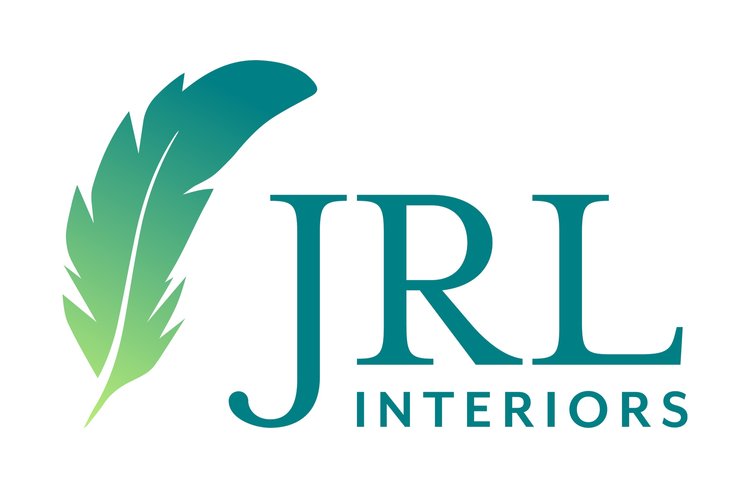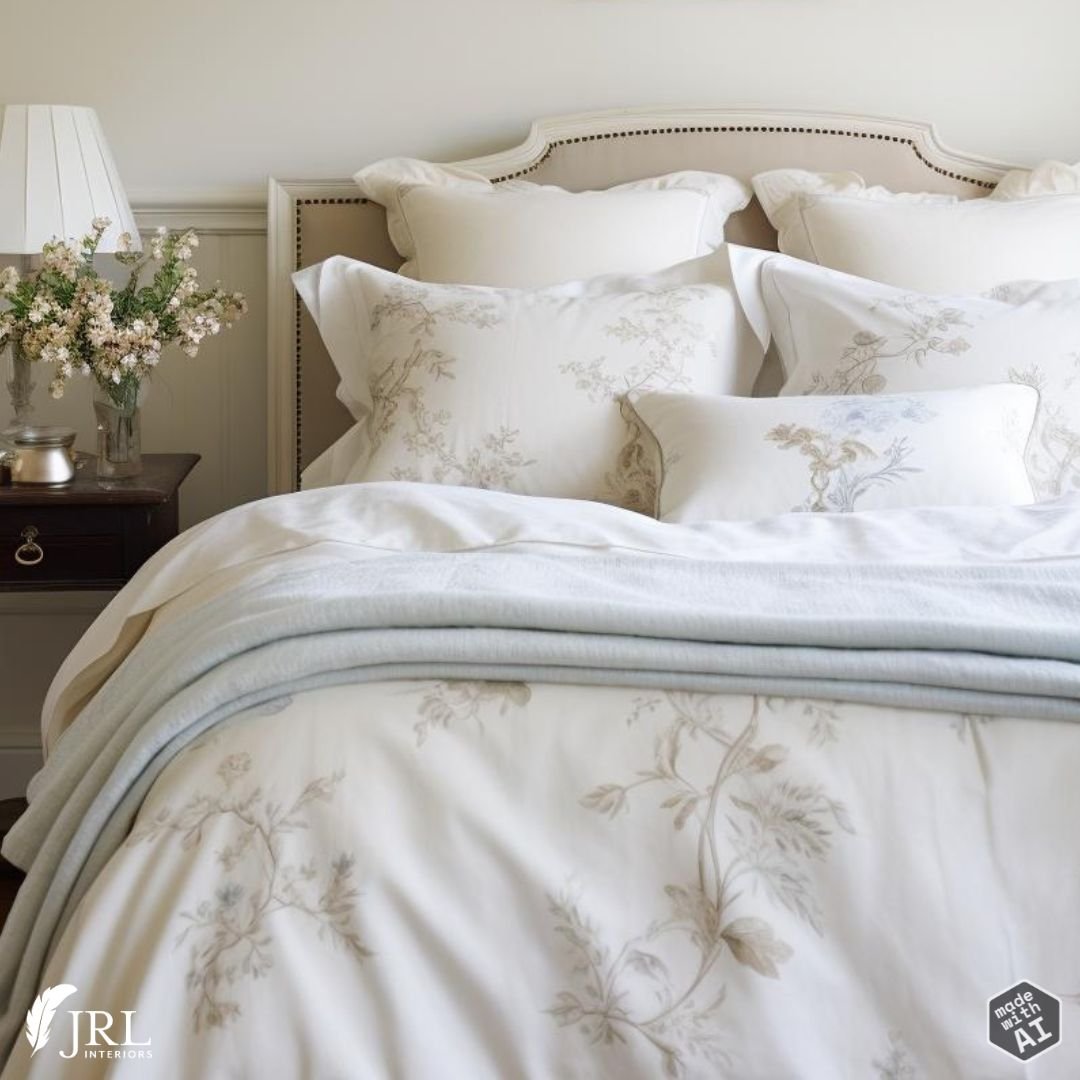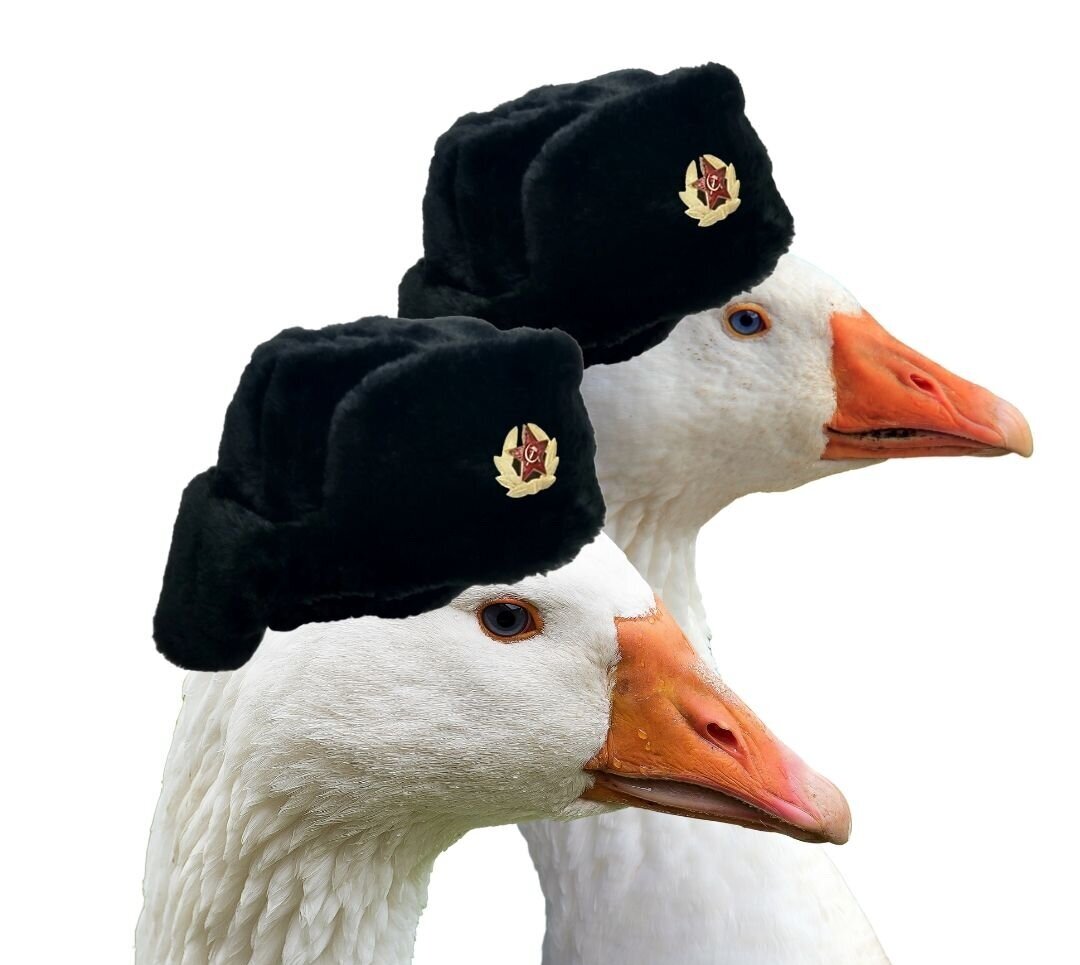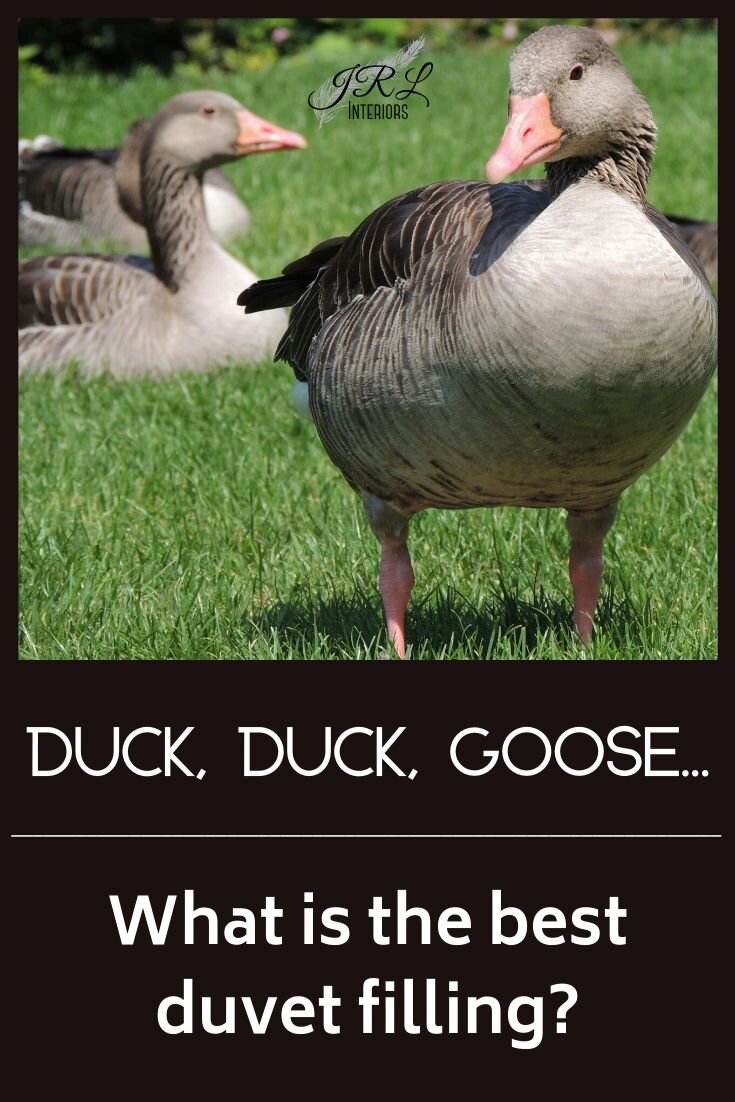Choosing the best comforter or duvet can be tricky business! (For the difference between a duvet and a comforter see THIS post).
Since the weather is absolutely freezing right now, it seemed appropriate to update this post for some cozy options to get delivered to your door! But first, here’s all the critical info you need to make a smart decision and get the most value for your money.
A down duvet is one of the ultimate luxuries in bedding….but there are so many choices and so much marketing screaming for attention that is can be hard to sift through the noise to make an informed choice!
First, there are down OR down alternative options.
Down Alternative Comforter
Down alternative is a synthetic fiber manufactured to mimic down clusters, but it does not have the resiliency or longevity of good quality down…in other words, it will pack down faster and lose its loft and insulation value.
Unless you are determined to NOT have down for some reason, skip the down alternative.
Hypoallergenic Down Comforter
A quick word about allergies. Most people that have allergies to feathers, actually have allergies to the dust mites in improperly cleaned and processed feathers not the actual feathers. (I was an allergy research scientist in a former life!).
Many down comforters are listed as hypoallergenic meaning the contents are properly cleaned and sterilized and encased in down proof covers,
Down Comforters
But back to the question at hand - how do you buy a good quality down comforter? First, let’s look at what down is and where it comes from and what makes up the quality elements of a good choice.
What is Down?
Down is the soft insulation fluff sometimes called plumules found under the birds feathers.
Down plumules are soft , spherical clusters and don’t have the sharp quills associated with feathers.
Down feathers are the next layer and have softer quills, and the outer feathers of the bird have the spiny quills.
For the ultimate luxury, look for down comforters filled with down and not feathers! To be labelled as down, the product must contain at least 75% down clusters.
down plumules have a roughly spherical shape that traps air and insulates
Duck or Goose Down? Or Duck, Duck, Goose…
Duck vs goose down - is there any difference? Generally geese are larger so the down clusters are larger and therefore, all things being equal, the fill power is slightly greater.
Geese also eat only grass…ducks are a little less discriminating - depending on processing, this sometimes translates to a stronger odor from duck down, but the product should air out once it is out of its packaging.
Because the cluster size is important, goose down is often thought to be superior, but this is not always the case.
Down Color
You will sometimes see white down listed as a feature. The color of the down is completely irrelevant. There is no qualitative difference between gray and white down.
Showing through the cover is the only case in which it might matter, but a proper cover should be thick enough to render this a non issue. If it does show through, you’ve likely got bigger problems than color!
Country of Origin
More mature geese have larger plumules. the country of origin doesn’t matter - the important point is how mature the geese are from which the down is harvested.
And by mature, we are talking strictly age here, we don’t really care how responsibly the geese behave!
Hungary is well known to raise geese to maturity resulting in larger clusters.
Chinese down, which accounts for the vast majority (80%) of the down filled products on the market, is generally from younger geese and so inferior to down from other sources as the clusters are smaller.
The Pyranees, Canada, Greenland, and Romania also all produce excellent down products from mature birds.
Eiderdown comes from the eider duck, a large migratory sea bird found along northern coasts, primarily in Iceland, but also Canada and other countries as well.
These birds produce the loftiest and best down in the world with absolutely no feathers or rigid quills, but it is less plentiful and therefore premium priced. Expect to pay upwards of $1000 for an eiderdown comforter.
Siberian Geese…don’t exist, well they do, but they have red down and black feathers and migrate for the winter and are an endangered species.
There are no commercial breeders of geese in Siberia - the birds can’t survive the weather. Beware of claims of superior Siberian white Goose Down - this does not exist.
The idea that the coldest climates produce superior down spawned this marketing ploy, but it is simply not the case at all. The size of the cluster which is directly dependent on the size of the bird is the most important qualitative factor.
The elusive Siberian goose…easily identifiable by their Russian hats….also, check their passports…
Fill Power and Fill Weight
Fill power measures the insulating capabilities of down - how many cubic inches of space 1 oz of down will fill - a higher fill power can trap more air resulting in greater insulating capacity at a lighter weight.
Higher fill power down is also generally stronger and more durable…and comes from the larger clusters of mature geese. A fill power of 500 is low/medium, and 750 and up the highest end.
Clusters with fill power of 800+ are about the size of a quarter and have the most resiliency to return to their spherical shape after compression making them the longest lasting.
Fill Weight measures the ounces that have been stuffed into the comforter
The combination of fill power and fill weight will determine the warmth of the comforter - higher fill power and lower weight can be equivalent to lower fill power and higher weight products in terms of insulation, but they will feel different in terms of weight and puffiness.
Construction
Quality down comforters will have baffles and/or stitching to keep the down evenly distributed. A thread count of at least 250 is desirable to contain the down. You certainly don’t want it leaking out after you went to the trouble and expense to get it on your bed!
Also look for corner anchors on your comforter or duvet if you plan to insert it into a cover. These, along with ties on the inside corners of the cover will keep the duvet in place inside the cover and make it MUCH easier to make the bed or change the cover.
A cover is highly recommended to protect and extend the life of your down comforter. The enemies of down are excessive crushing, oil, and moisture. A cover can protect the comforter from the latter two.
A high quality down comforter, properly cared for, will give you many happy years of service!
Here are some selections of quality down comforters:
Please Note: This post contains affiliate links meaning that if you make a purchase, I may make a small commission at no extra cost to you. This helps make this blog possible.
The Company Store offers all different weights and fills. All have quality construction and they offer more economical versions right up through Hungarian goose down. Click HERE for options. My own comforter and feather pillows came from here and have been going strong for over 20 years!
THIS one from Quince is an excellent value
And THIS is the very well priced down comforter my daughter bought a while back and she is delighted with it. Definitely the Chinese geese, but perfect for her purposes! It is no longer available, but THIS down comforter is similar.
Sweet Dreams!
Other posts you might enjoy:
Sheets: Satin or Percale? Which is best for you?








